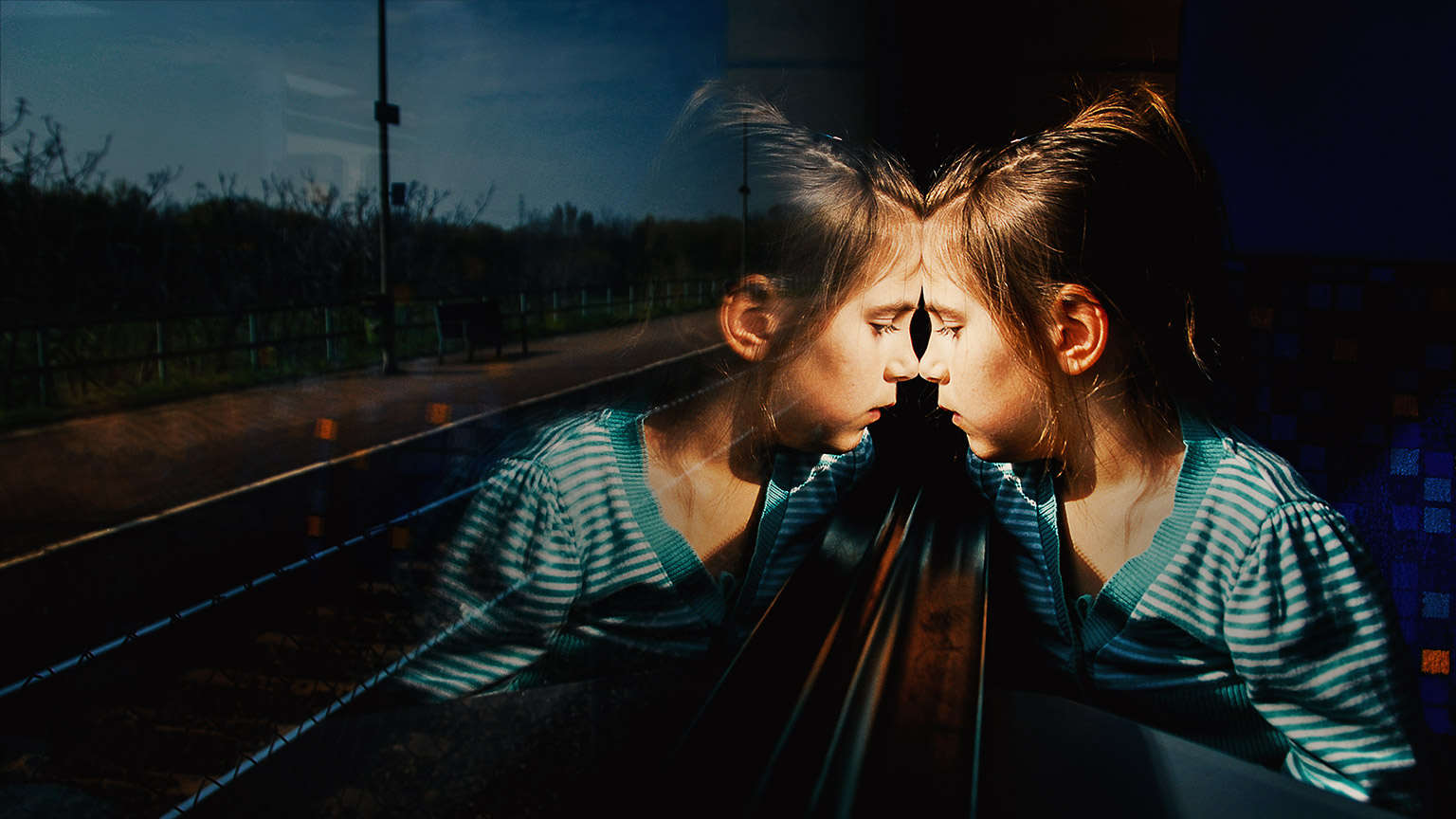In education and care services, critical reflection means ‘Closely examining all aspects of events and experiences from different perspectives’ (Approved Learning Frameworks – EYLF p.13, FSAC p.12). In fact, critical reflection is an extension of ‘critical thinking’. It asks us to think about our practice and ideas and then it challenges us to step-back and examine our thinking by asking probing questions. It asks us to not only delve into the past and look at the present but importantly it asks us to speculate about the future and act.
As explained in ACECQA’s factsheet5, to be confident in critical reflection it helps to understand how it differs from evaluating, summarising or recording what an educator is seeing or doing
Some examples of the differences are:
| Critical reflection is… | Evaluating/recording is… |
…looking in detail and creatively:
|
…a diary entry or daily journal describing a child’s or children’s experiences during the day. |
…asking key questions such as:
|
…a communication book between educators and leadership about what happened the day before and plans for the next day. |
…an exploration of ‘feelings’:
|
…stating an observation about a child’s progress – recording what you saw. |
…a tool for professional and personal growth:
|
…planning a new experience based on an observation. |
| …a process that usually takes place after the decision/ practice, etc., has occurred. | …evaluating a situation to find out a child’s interests. |
| …done individually or in a group, such as with educators, children, families, or other professionals. A group setting gives us other perspectives. | …judging or assessing an experience to see whether it was successful. For example: ‘The children enjoyed this experience.’ (This is ‘evaluating’.) |
| …used to enhance our professional practice, identify improvements, and inform the decisions we make. | |
| …used to strengthen our program, providing ongoing quality experiences for our children, with a particular focus on equity, inclusion and diversity. | |
| …a continuous process of engagement. | |
| …done in daily diaries, reflective journals, meetings and reflection sessions. |
This 4-minute video created by ACECQA explains what critical reflection means in practice:
During the course, you will learn further about critical reflections and how to embed them successfully in your daily practice. This will enable you to think honestly, deeply, and critically about all aspects of their professional practice, work practices, understanding of the early childhood environment, communication with colleagues, children, and families. As part of the Structured Workplace Learning and Assessment (SWLA) you will also be able to practise and demonstrate how you can critically reflect as part of your learning and assessment.

